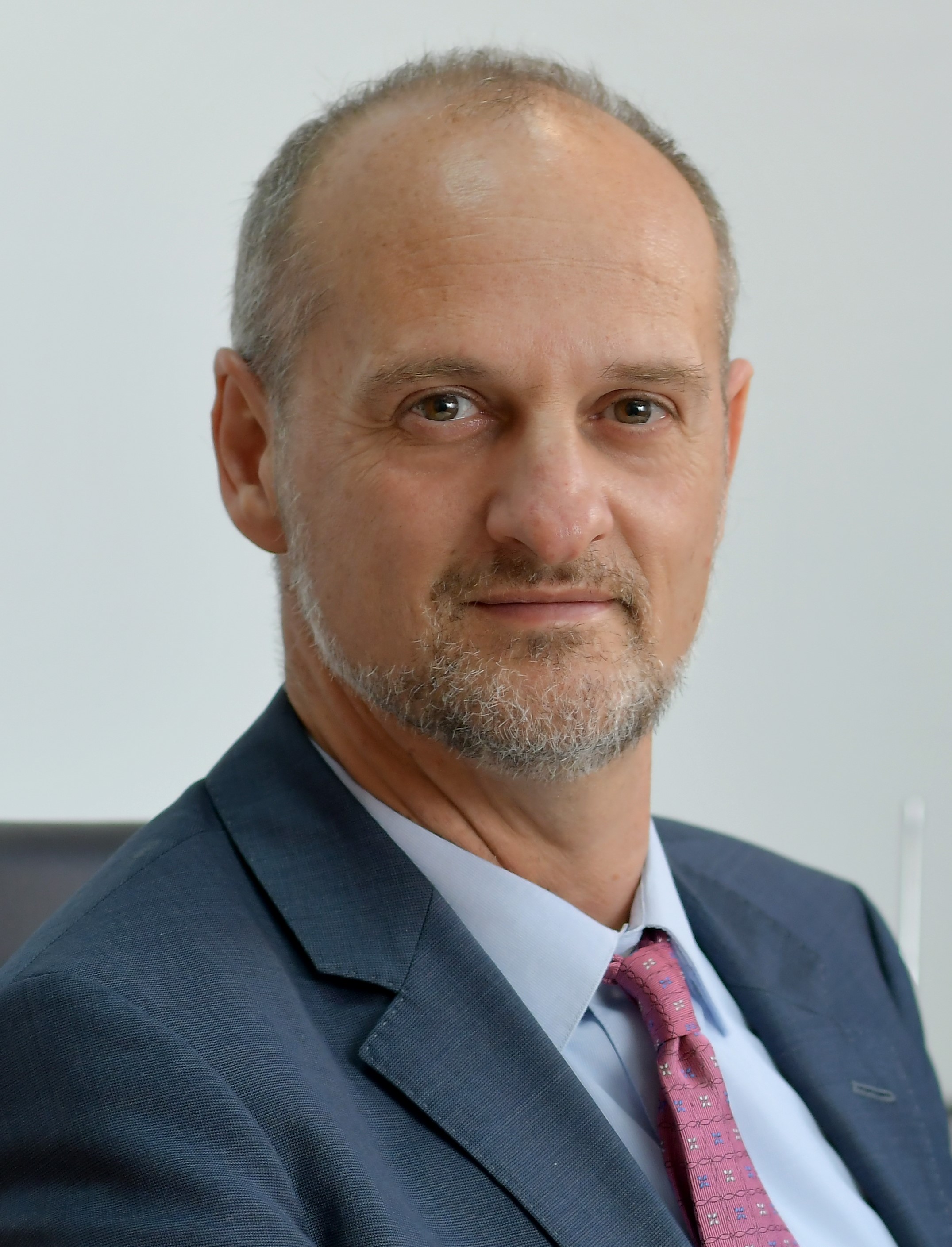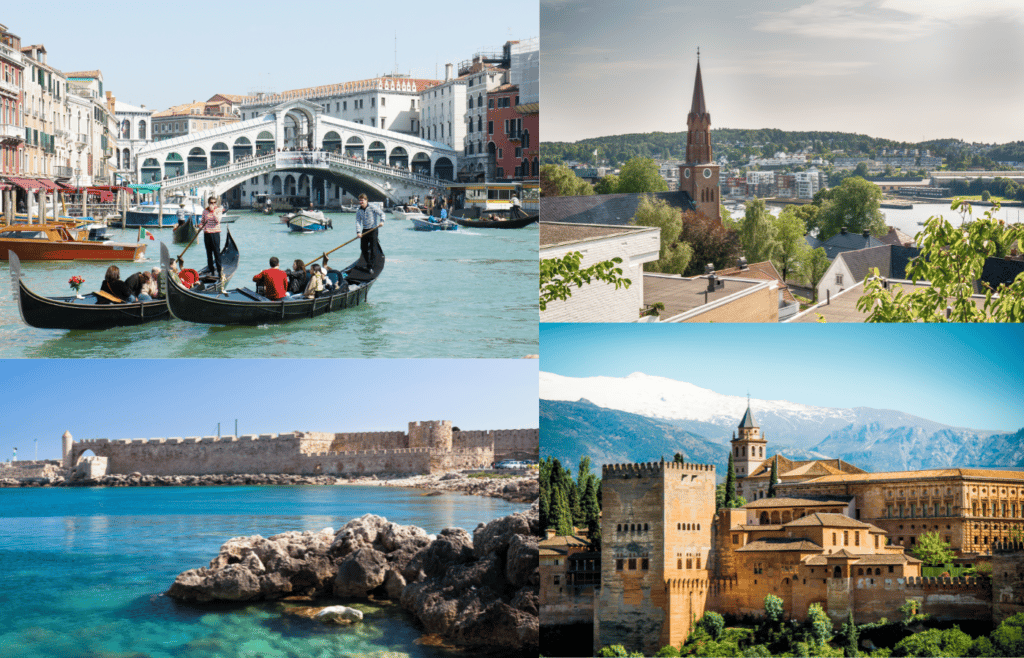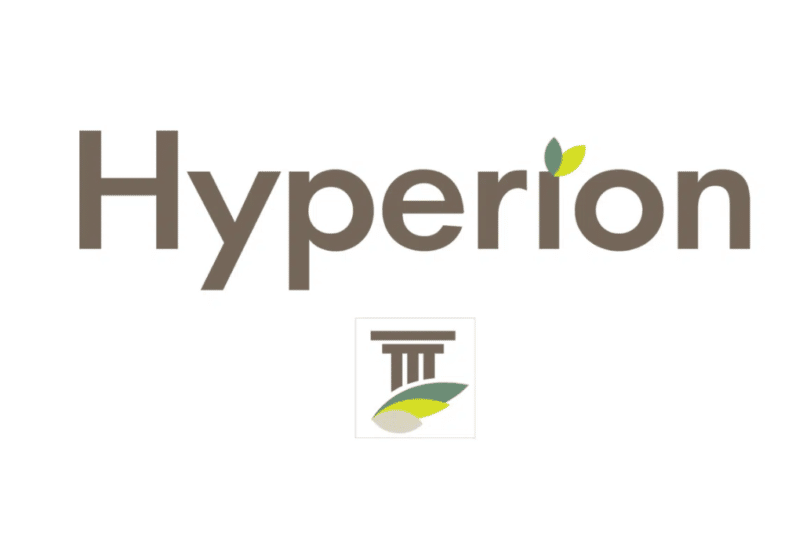HYPERION is one of the European Union’s big projects to protect cultural and historic heritage from natural and climatic threats, many of which have been worsened by human activity. Climate change, for example, presents an ongoing and increasing threat to much of our cultural heritage. For example, heavy rains can flood historic buildings, and excess drought can do equal damage.
The project aims to create tools that monitor and measure these effects. It’s a complex project with a wide variety of aims and methods, ranging from machine learning to civilian engagement. Now, three years into the project and HYPERION’s tools are being tested across Europe.
“We have strategically picked and included in HYPERION consortium, cities and municipalities which have historic districts that face great threats on their local Cultural Heritage from climate change and natural hazards,” notes Dr Angelos Amditis, HYPERION’s project coordinator. Venice, for example, is notorious for its precarious relationship with water, but the other three sites across the continent are also good places to gather data about natural damages to heritage.
Project overview
| Project cost | € 5.997.728,75 |
| Coordinated by | Institute of Communication and Computer Systems (ICCS), Greece. |
| Start date | June 2019 |
| End date | November 2022 |
| Test sites | Greece (Rhodes), Spain (Granada), Norway (Tønsberg) and Italy (Venice) |
What are the planned outcomes?
Ultimately, HYPERION hopes to offer tools that can improve the resilience of cultural heritage. Ideally, anyone working at a cultural or historic heritage site should have access to accurate and reliable information. With this, they could predict natural threats to the heritage in their care, and know exactly what to do to protect and conserve it.
At the four test sites, extensive tests are being undertaken at historic areas and buildings. In Tønsberg, there are many buildings that require long term conservation – especially the old wooden structures. In addition to this, there are stone ruins from the 16th century which also require careful observation. These buildings will be monitored by the project and modelled in detail. Similar work will be undertaken at historic buildings and areas in Rhodes, Venice, and Granada. This selection of sites will allow HYPERION to gain valuable information from a wide range of environments, and enables the project to design more specific tools depending on local climate.
End users will be able to have a better understanding of the dangers and threats to tangible cultural heritage, make decisions for a swifter and more effective response, and contribute to the sustainable reorganization of the historical regions under threat.
HYPERION press release, June 2019

One example of HYPERION’s work is ‘smart tags‘ – a system of sensors that will be deployed at individual heritage sites to monitor climate impact on a very small and local scale. In tests at the four pilot cities, sensors were placed around heritage buildings to detect humidity, temperature, and how wet or dry walls were. These are common metrics to determine how and when maintenance should be carried out at a site.
These measurements will be familiar to anyone with museum or archive experience, but HYPERION’s research digs a little deeper. The study provides a comprehensive overview of how the smart tags can capture important data and send it to a server for processing, all with minimal human maintenance. If the tests prove successful, it’s an approach that could easily be scaled up and deployed at heritage sites everywhere. The smart sensors would do more than just record important data; they would help us understand long term change and damage to heritage sites.
Of course, technical projects should be informed and driven by the community. HYPERION will build upon previous EU projects, such as PLUGGY. The HYPERION project will use PLUGGY’s technical infrastructure to create a new community engagement tool, which is being presented at the New European Bauhaus Festival in June. The tool will allow citizens and local businesses to add ‘stories’ about damages to local heritage.

Young people are one of the key targets for this tool: “We want to transform their view that Cultural Heritage is something “outdated” and of the past, and instead render it as a foundation that fosters their root to the future,” says Dr Amditis.
What next?
HYPERION is not the first, nor only project to develop resilience at heritage sites. ARCH and Shelter are also underway at the moment with funding from the EU. In the past decade, there’s also been HERACLES and many other projects with similar goals. It’s good to see continual investment into this topic, as protection of heritage inevitably will change as time goes on and needs constant renewal as new challenges arise.
However, when looking back at previous projects, it can be disheartening to see many of them going silent once the project completes. Are the technologies and methodologies developed being deployed successfully or sustainably – or are they forgotten at the end of their term?
It is vital that projects like this carefully consider how to maximise the impact of their research and developments for the long term. The tools may be well designed, but their value is diminished if only a few people use them. Regardless of how good the tools are, it is more important for them to be in the hands of capable heritage professionals. In this sense, it’s optimistic to see HYPERION building on the work created by previous EU project PLUGGY – hopefully future projects will be able to utilise HYPERION’s work effectively.
Raising Awareness
Keeping heritage resilience on national and international agendas will be crucial for its survival. Reminding people of these values is a long and enduring battle, but should be a key consideration of projects going into the future. “Raising awareness of the problem is the first important step that needs to be addressed,” said Dr Amditis in correspondence with the Heritage Tribune when asked about steps for the future.
He hopes that these issues stay on the EU’s agenda, and wants to ensure that there is smooth cooperation between stakeholders. To this end, HYPERION is also on a taskforce with Shelter and ARCH, two other European projects looking into how to build resilience in heritage. This taskforce will ensure that policy-makers are well informed to make the correct decisions about European heritage at risk. It also demonstrates that these projects can (and should) coordinate their efforts to maximise their potential.
To gain attention and funding at national and international levels often requires hard data to convince funders and policy-makers. Having tools to show impact could prove invaluable for the future of cultural heritage in Europe and the rest of the world. Let’s hope HYPERION is able to arm heritage professionals to give our histories the best resilience against nature.
HYPERION runs social media channels on Twitter @EuHyperion, Facebook @HyperionEUProject, Linkedin, and their main website.

